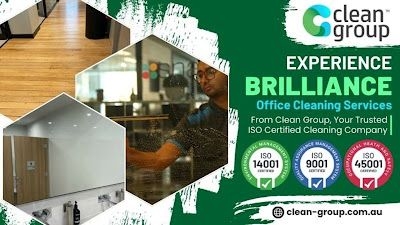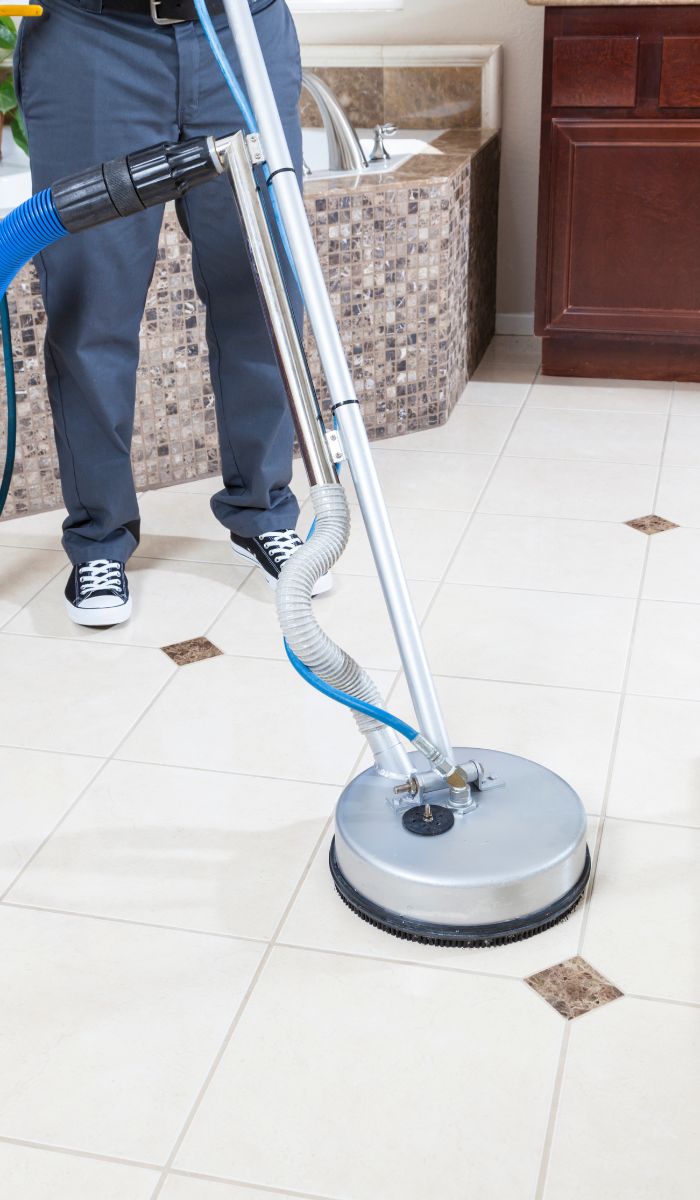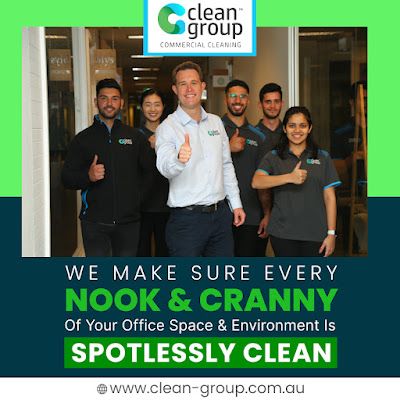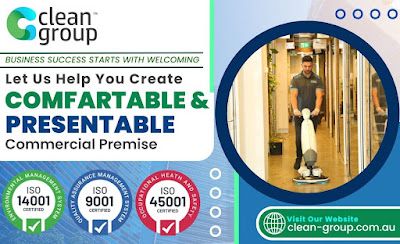
What Should Businesses Consider When Hiring a Commercial Cleaner?
Should You Hire a Day Porter for Your Office Building?
Cleaning methods are diverse and can be classified into mechanical and chemical processes. Many cleaning techniques rely on a combination of both. Washing is one of the most common methods, typically using water and soap or detergents to remove dirt and grime. Mopping is another method, which involves using a mop to clean floors, while wiping is done with a dry or moist cloth, such as paper towels or wet wipes. Pressure washing uses a high-pressure stream of water to clean surfaces and remove stubborn dirt. Wet cleaning refers to professional laundering methods that avoid chemical solvents, providing an eco-friendly option for cleaning textiles. Other specialized methods include abrasive blasting, which is used to remove bulk material from surfaces, and ultrasonic cleaning, where high-frequency sound waves are employed to clean delicate items like jewelry or medical instruments. Clean Group provides comprehensive and professional Commercial Cleaning Sydney across Sydney, NSW. Our fully insured, trained, and security-verified cleaners ensure your workplace stays spotless and hygienic. Schedule a free onsite quote today—book online or call us at 02 9160 7469. Get your obligation-free commercial cleaning estimate for offices, buildings, and other business spaces in Sydney.. In industrial contexts, carbon dioxide cleaning and flame cleaning are used to clean parts and surfaces exposed to extreme conditions. Green cleaning focuses on using environmentally friendly products and methods, minimizing the impact on the planet.
Another area of development in the commercial cleaning industry is the increasing adoption of technology to improve operational efficiency. Cleaning companies are now incorporating automation and robotics into their service offerings. For instance, autonomous floor scrubbers and vacuums can now navigate large office spaces and industrial facilities, performing cleaning tasks with minimal human intervention. These machines are programmed to detect dirt and debris, ensuring that the floors are cleaned thoroughly without the need for constant human oversight. The integration of such technologies not only helps improve the speed and efficiency of cleaning processes but also reduces labor costs and increases productivity. Furthermore, the data generated by these machines can be used to analyze cleaning patterns and determine areas that require more attention, allowing companies to optimize their services even further.


